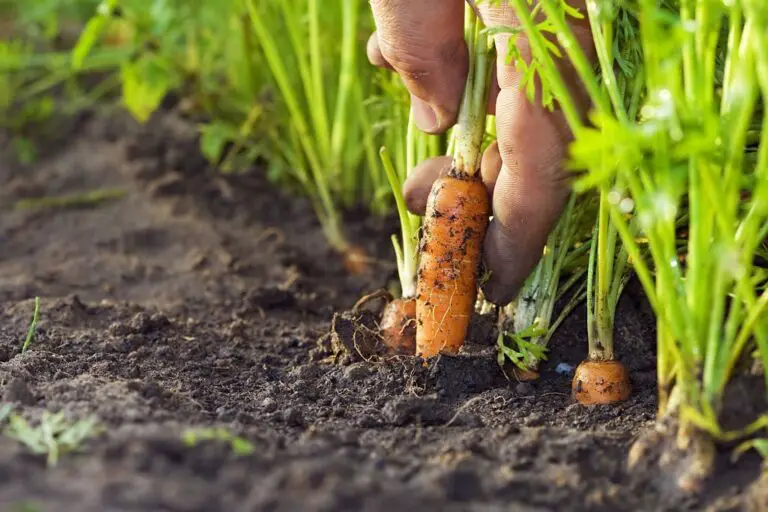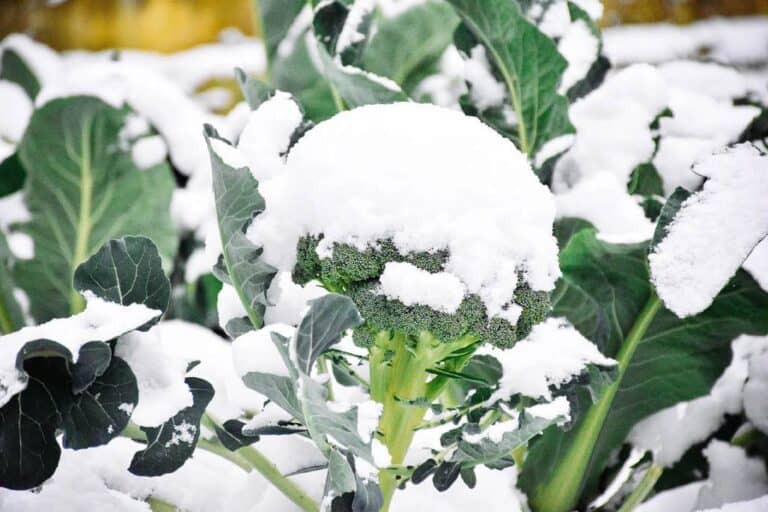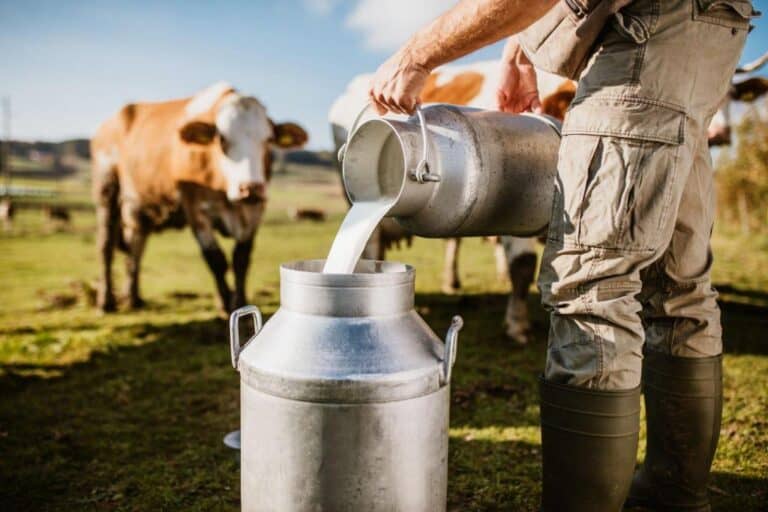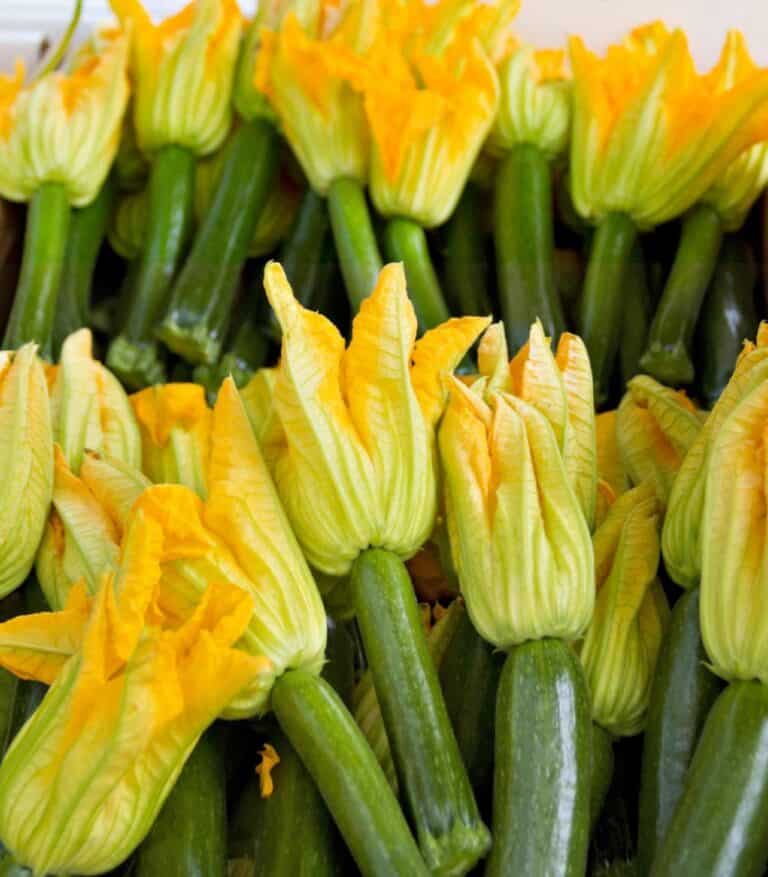Fish Farming vs. Fish Stocking: What Is the Difference?
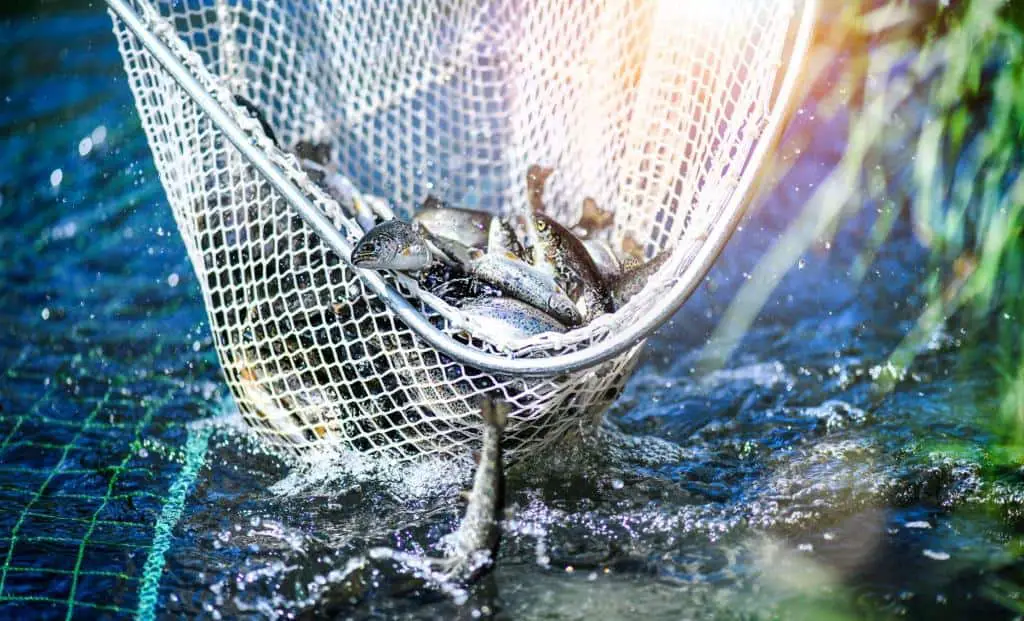
Fish farming and fish stocking are two practices that play a significant role in meeting the demand for fish in various contexts. While they both involve the rearing and release of fish, there are fundamental differences between these approaches.
In this article, we will explore the distinctions between fish farming and fish stocking, examining their processes, benefits, challenges, environmental impact, economic considerations, regulatory frameworks, health and food safety aspects, ecological considerations, consumer perspectives, and future trends.
By the end, you will have a comprehensive understanding of these practices and their implications.
Fish Farming
Fish farming, also known as aquaculture, is the practice of raising fish in controlled environments, such as ponds, tanks, or cages. Its primary objective is to produce fish for commercial purposes, including food consumption or ornamental trade. Fish farming is a highly organized and managed process that involves several stages.
Stages of Fish Farming
- Broodstock Management: Fish farming begins with the careful selection and breeding of high-quality broodstock. These are mature fish chosen for their desirable traits, such as fast growth, disease resistance, or favorable taste. The broodstock is kept in separate tanks or ponds to ensure controlled reproduction.
- Egg Incubation: Once the broodstock has produced eggs, they are carefully collected and incubated in a controlled environment. This stage is crucial for ensuring high survival rates and healthy fry.
- Nursery Rearing: After hatching, the fish larvae, known as fry, require special care and optimal conditions for growth. They are transferred to nursery ponds or tanks, where they receive appropriate feed and protection from predators until they reach a certain size.
- Grow-out Phase: At this stage, the fish are transferred to larger grow-out ponds or tanks, where they are raised until they reach market size. The fish are fed formulated diets and closely monitored to ensure their health and optimal growth.
- Harvesting: Once the fish have reached the desired size, they are harvested using various methods, such as seine nets or harvesting machines. The harvested fish can be sold directly to markets or processed further for value-added products.
Methods of Fish Farming
Various techniques and systems are employed in fish farming, including:
- Pond culture: Fish are raised in specially designed ponds, with water quality and environmental conditions carefully managed.
- Tank culture: Fish are raised in tanks, where water parameters and feeding are closely controlled.
- Cage culture: Fish are reared in cages placed in natural water bodies such as lakes or oceans, allowing for controlled growth and protection.
Advantages of Fish Farming
Fish farming offers several advantages over traditional fishing methods and has significantly contributed to meeting the growing demand for fish worldwide. Here are some key advantages:
- Sustainable Production: Fish farming allows for controlled and sustainable production of fish, reducing the pressure on wild fish stocks. It helps conserve natural resources and minimize the impact on the environment.
- Predictable Supply: With fish farming, it is possible to have a consistent and predictable supply of fish throughout the year. This stability is essential for meeting market demands and reducing price fluctuations.
- Improved Quality: Fish farming enables the production of high-quality fish with desirable characteristics, such as size, taste, and texture. Controlled environments and specialized feeds contribute to the improved quality of farmed fish.
- Reduced Disease Risk: In fish farms, disease control measures can be implemented more effectively compared to open-water fisheries. Regular monitoring, vaccinations, and biosecurity protocols help minimize the risk of disease outbreaks.
- Employment Opportunities: Fish farming creates employment opportunities in rural and coastal areas, contributing to economic growth and poverty alleviation.
Fish Stocking
Fish stocking, on the other hand, involves the release of fish into natural water bodies, such as lakes, rivers, or ponds. The primary purpose of fish stocking is to enhance or restore fish populations in these habitats. Governmental organizations, conservation groups, or recreational fishing clubs frequently carry it out.
Objectives of Fish Stocking
- Enhancing Fish Populations: Fish stocking aims to supplement existing fish populations or introduce new species in bodies of water where natural reproduction may be insufficient. This helps maintain or increase the abundance and diversity of fish species.
- Sport Fishing: Many fish stocking programs are focused on providing recreational opportunities for anglers. By stocking popular game fish species, such as trout, bass, or salmon, fishing enthusiasts can enjoy a better fishing experience and increase their chances of catching desirable fish.
- Conservation Efforts: Fish stocking plays a crucial role in conservation efforts, especially for endangered or threatened species. By reintroducing these species into their native habitats, conservationists aim to restore their populations and ensure their long-term survival.
Methods of Fish Stocking
Fish stocking involves careful planning and consideration of various factors to ensure successful population enhancement. Here are some common methods used in fish stocking:
- Fingerling Stocking: Fingerlings, which are juvenile fish around the size of a finger, are commonly used for stocking. They are typically raised in fish hatcheries before being transported and released into suitable water bodies.
- Egg Stocking: In some cases, fish eggs are collected from hatcheries and incubated until they hatch into fry. These fry are then released into the water bodies to populate and establish new fish populations.
- Adult Stocking: In situations where immediate population enhancement is desired, adult fish are directly stocked into water bodies. This method is often used for larger fish species, such as salmon or catfish.
Benefits of Fish Stocking
Fish stocking offers several benefits for both the ecosystem and recreational activities. Here are some advantages:
- Ecosystem Balance: By enhancing fish populations, fish stocking helps maintain a balanced ecosystem. Fish play a crucial role in controlling aquatic vegetation, regulating prey populations, and nutrient cycling.
- Recreational Opportunities: Fish stocking enhances fishing opportunities, attracting anglers and boosting tourism. It ensures that fishing enthusiasts have a better chance of catching fish and enjoying their recreational pursuits.
- Ecological Research: Fish stocking programs provide valuable opportunities for ecological research and monitoring. Scientists can study the behavior, growth, and survival of stocked fish, as well as their interactions with native species.
- Education and Outreach: Fish stocking programs often include educational components, raising awareness about the importance of fisheries conservation and sustainable fishing practices. This helps foster environmental stewardship and appreciation for aquatic ecosystems.
Environmental Impact: Fish Farming vs. Fish Stocking
Comparing the environmental impact of fish farming and fish stocking is crucial to understanding their implications. Both practices have the potential to affect water quality and ecosystems.
Fish farming can lead to nutrient enrichment, excessive waste production, and the escape of farmed fish, which may negatively impact wild populations. To mitigate these effects, various measures are implemented, such as monitoring water quality, managing waste, and employing containment systems.
In contrast, fish stocking can also have environmental consequences. Stocked fish may compete with native species for resources or disrupt existing food chains. Additionally, if incompatible species are introduced, it can result in unbalanced ecosystems. Proper planning, research, and adherence to regulations can help minimize these risks and ensure the sustainability of fish stocking programs.
To summarize the environmental impact of fish farming and fish stocking:
| Aspect | Fish Farming | Fish Stocking |
| Water Quality | Monitoring, waste management, and containment systems | Potential competition with native species |
| Ecosystem | Risk of escapes, impacts on wild populations | Potential disruption of food chains, unbalanced ecosystems |
| Mitigation | Measures to control waste, regulate escapes, and monitor water | Proper planning and adherence to regulations |
Economic Considerations: Fish Farming vs. Fish Stocking
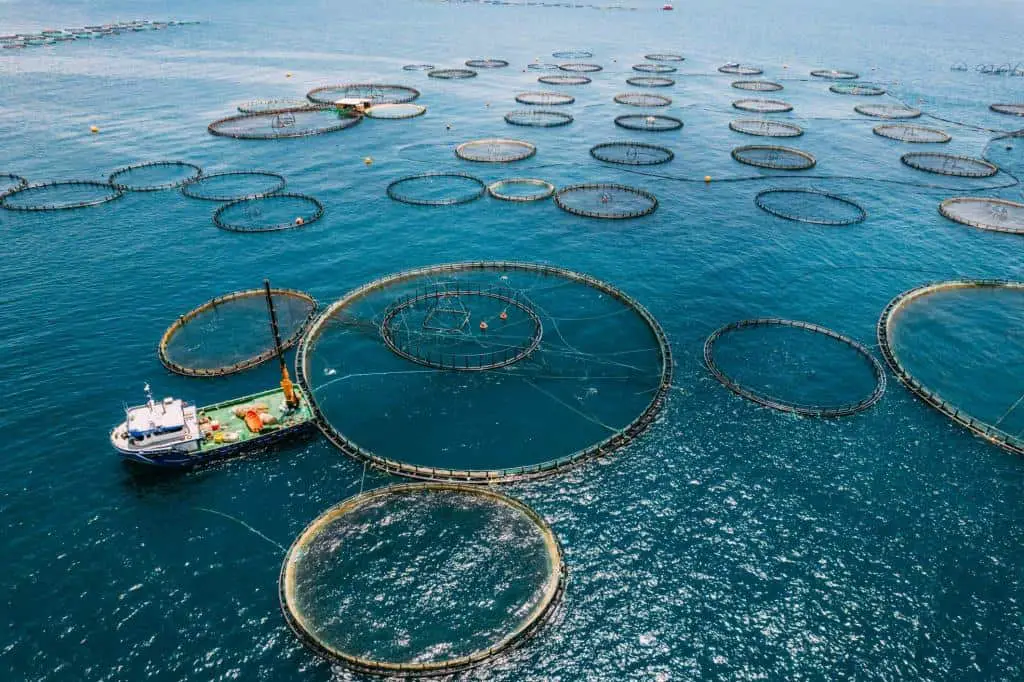
Understanding the economic aspects of fish farming and fish stocking is essential for evaluating their viability and potential benefits.
Due to the rising demand for fish products, fish farming has become a lucrative industry. The controlled environment allows for efficient production and the ability to meet market demands consistently. Fish farmers can optimize production by selecting fish species that are in high demand and command favorable market prices. Feed costs, operating expenses, market prices, and the effectiveness of production systems are a few variables that affect the profitability of fish farming.
In contrast, fish stocking for recreational purposes contributes to the economy through increased tourism and revenue generated from fishing licenses, tackle sales, and related services.
Stocked fish attract anglers to lakes and rivers, boosting local businesses and supporting jobs in the tourism and hospitality sectors. While fish stocking may not yield direct financial returns for the stocking program itself, the economic benefits derived from recreational fishing can be substantial for local communities.
Health and Food Safety: Fish Farming vs. Fish Stocking
The health and food safety aspects of farmed and stocked fish are crucial considerations for consumers. Farmed fish undergo controlled feeding and are often monitored for diseases, ensuring a reliable supply of healthy fish products.
However, concerns have been raised regarding the use of antibiotics and other medications in fish farming. Stringent regulations and monitoring programs aim to minimize the use of antibiotics, control residues, and ensure the safety of farmed fish for human consumption.
Stocked fish, on the other hand, generally have lower exposure to antibiotics or medications as they live in natural environments. However, they may be susceptible to contaminants present in the bodies of water where they are released. Monitoring and testing programs help assess the quality and safety of stocked fish, ensuring they meet the necessary standards for consumption.
Ecological Considerations: Fish Farming vs. Fish Stocking
The ecological impact of fish farming and fish stocking extends beyond economic and regulatory concerns. Fish farming, if not managed properly, can have unintended consequences for native fish populations and the overall biodiversity of aquatic ecosystems.
Escapes of farmed fish can interbreed with wild populations, leading to genetic dilution and the potential loss of local adaptations. Furthermore, the release of excess nutrients and waste from fish farms can contribute to eutrophication and harm water quality.
Fish stocking, if not carefully planned and executed, can also disrupt ecosystems. Stocked fish may prey on native species, compete for resources, or introduce diseases. In some cases, stocking incompatible fish species can lead to unbalanced food chains and affect the delicate ecological balance. Consideration of habitat suitability, ecological assessments, and adherence to best practices are necessary to minimize negative ecological impacts.
Consumer Perspectives: Fish Farming vs. Fish Stocking
Consumer preferences play a significant role in shaping the fish farming and stocking industries. Farmed fish are often favored for their consistent availability, standardized size, and convenience.
Consumers appreciate the year-round availability of farmed fish species, which reduces reliance on seasonal fishing. Additionally, the controlled environment in fish farms allows for better monitoring and control of quality, ensuring that farmed fish meet specific standards.
In contrast, some consumers value the experience of catching wild fish, associating it with freshness, taste, and a connection to nature. The thrill of fishing in natural environments and the sense of adventure attract certain consumers to stocked fish. They appreciate the opportunity to engage in recreational fishing, enjoy the natural beauty of lakes and rivers, and experience the challenge of catching fish that have adapted to their environment.
Consumer choices regarding farmed versus stocked fish are influenced by various factors, including personal preferences, cultural norms, availability, and pricing. Some customers prioritize sustainability and choose farmed fish that has received certification from reputable organizations that follow ethical aquaculture practices.
Others may prioritize supporting local fisheries and choose stocked fish as a way to contribute to conservation efforts and the restoration of native fish populations.
Conclusion
In summary, fish farming and fish stocking are distinct practices with different objectives. Fish farming focuses on the controlled production of fish for commercial purposes, while fish stocking aims to enhance or restore fish populations in natural water bodies. Fish farming involves the careful management and raising of fish in controlled environments, while fish stocking involves the release of fish into existing habitats.
Both fish farming and fish stocking contribute to the sustainable use and conservation of fish resources. Fish farming ensures a predictable supply of fish, reduces pressure on wild fish stocks, and offers economic opportunities. Fish stocking enhances fish populations, provides recreational opportunities, and supports conservation efforts.
Understanding the differences between fish farming and fish stocking allows us to appreciate the diverse approaches taken to meet the demand for fish and maintain healthy aquatic ecosystems. By supporting responsible and sustainable practices in both fish farming and fish stocking, we can ensure the long-term availability of fish resources for future generations to enjoy.

